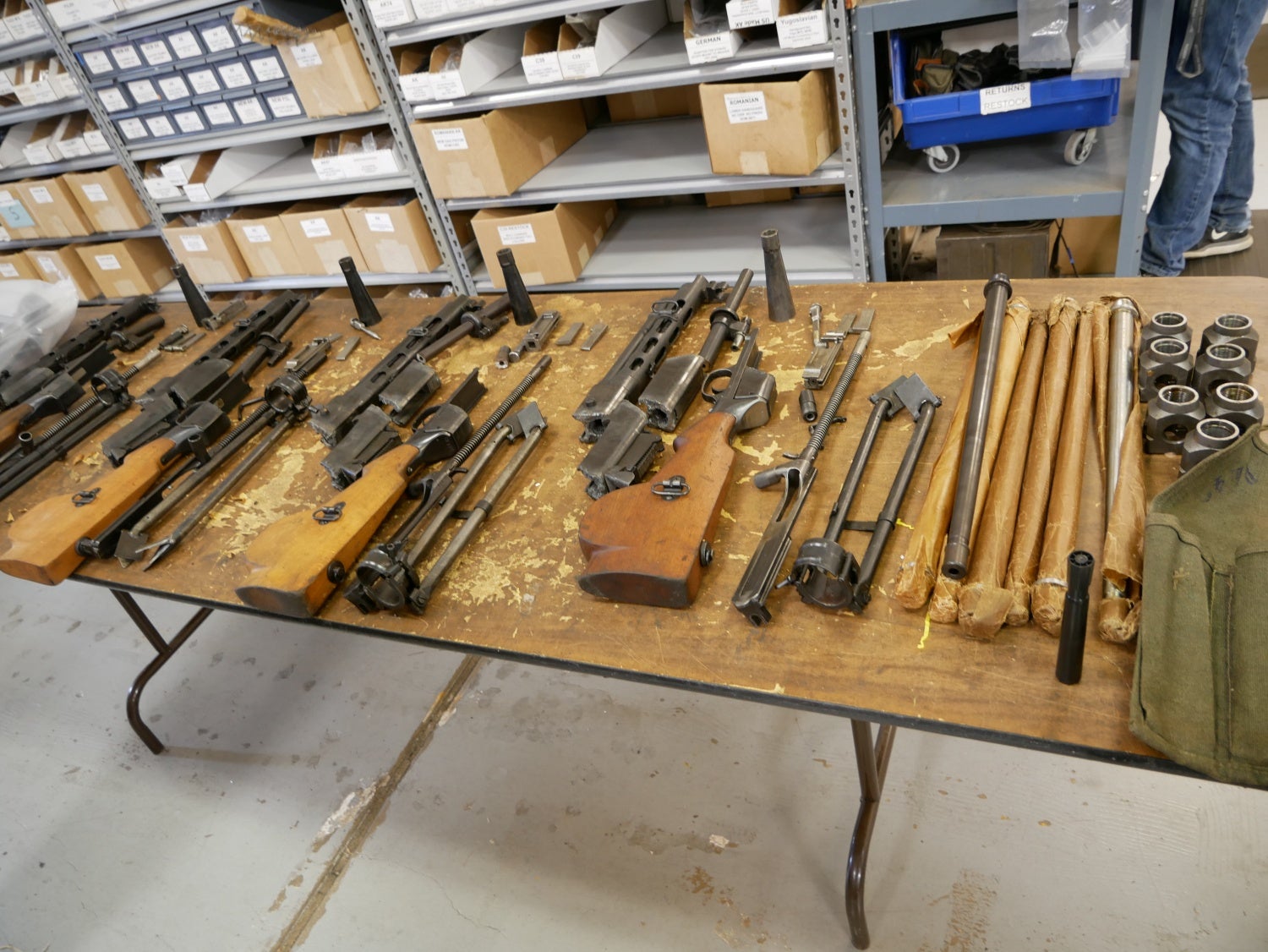Whether you are an professional or amateur shooter the parts of your optic contribute to making sure you get the best results. Understanding the full scope of these component parts can help make sure that you are equipped to perform optimally with each shot taken.

Understanding the Importance of Optic Parts in Shooting Sports
A reliable firearm is crucial for shooting sports like hunting, competition shooting or informal plinking at the range. But one element that is often neglected but is a major factor in accuracy and precision is the optics part. Optic components are also used by sighting devices and can be added to firearms in order to improve accuracy and effectiveness. This article will explore the importance and benefits of optic components, as well how they can increase your shooting ability.
What are Optic Parts?
Optic parts allow shooters to focus their guns with greater precision. They come in many forms which include iron sights red dot sights, holographic sight, and magnified scopes. Each kind of optic component has its own distinct features and advantages and the kind of optic you select will depend on your personal shooting requirements and preferences.
Iron sights are the most simple kind of optic component and are usually found on firearms that are traditional. The sights comprise front and rear sight posts. Shooters align them to aim for the target. Red dot sights utilize an LED that is small to make a reticle that appears as dots on the lens. These sights are renowned for their rapid target acquisition and ease of use. Holographic sights employ lasers to create an image of a reticle which appears to be an hologram. They’re typically used in tactical and military applications. Magnified scopes also employ lenses to magnify targets, making it easier for you to focus your sights accurately over long distances.
Optic Parts – Why Are They Important?
Optic parts are essential as they allow shooters to aim more accurately and effectively. With the use of optic components, shooters can focus more precisely, particularly when shooting at greater distances. Optic parts facilitate faster target acquisition that makes it easier for shooters to aim faster and more accurately. Furthermore, optic components can improve the shooter’s ability to perform precise shooting in low-light conditions which is why they are essential in hunting or tactical situations.
Choosing the Right Optic Parts
Choosing the right optic parts is crucial for the best shooting ability. When choosing an optic part there are a variety of aspects to consider in addition to your shooting needs as well as your budget and the kind of firearm. The reticle’s size and magnification are crucial.
The magnification of an optical element refers to the amount of zoom it offers. Magnified scopes are commonly employed for long-range shooting because they permit shooters to target accurately hundreds of yards away. But, magnified scopes might not be appropriate for close-range shooting. A popular choice among shooters with tactical skills are the red and green dots sights. They are able to fast target acquisition and close-range shooting.
It is equally important to take into account the type of reticle that you choose when choosing an optic component. Different kinds of reticles are suitable for different shooting situations. A crosshair reticle for instance, is ideal for shooting target. But the BDC (bullet Drop Compensating) Reticle, on other hand, is great for long-range shooting.
Maintaining Your Optic Parts
It is vital to properly maintain your optic parts once you have selected the right ones. The optic components will be stable and precise for many years with proper maintenance. Cleaning your lenses and checking the zero are some of the most basic tasks to be performed. Proper storage is also essential.
It is vital to clean your lenses to ensure that the parts of your optics produce a clear, accurate image. Clean the lenses with the use of a microfiber cloth or lens cleaner. Avoid using paper towels or other rough materials that may scratch lenses.
Checking the zero of your optics parts will ensure that they’re aligned properly. Remember that as time passes the alignment of your optic components can be altered by recoil or other factors. To verify the zero and align the optics, shoot a few times at a point and then adjust the optics in the event that they need to.
For more information, click Red Dot
